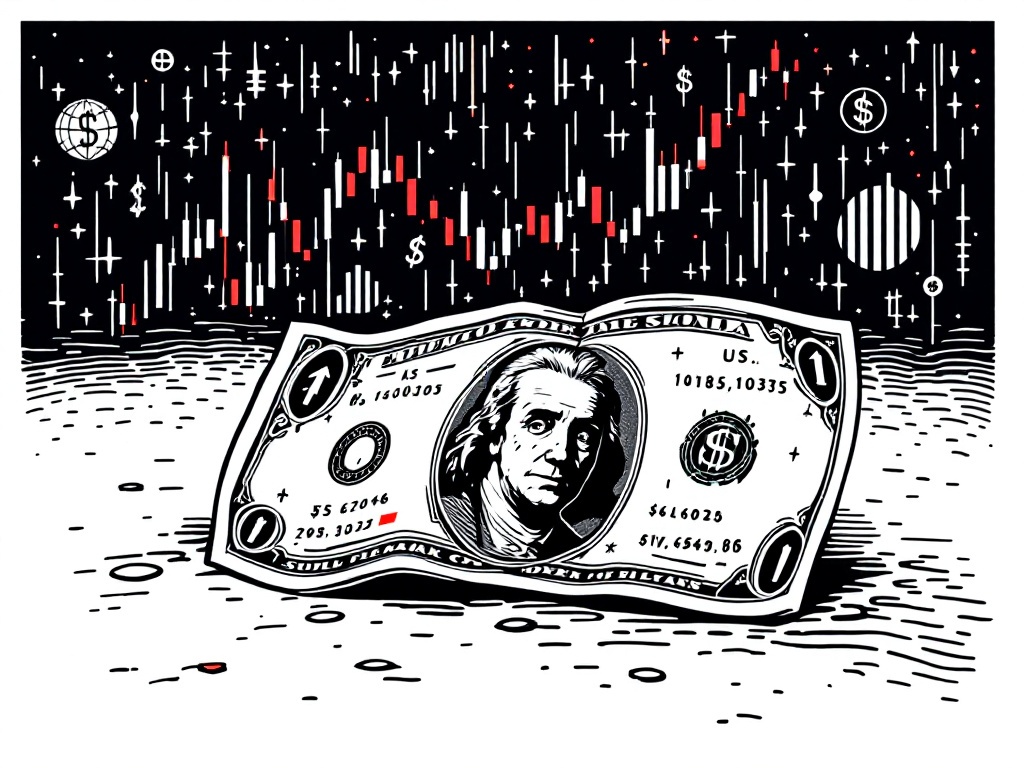Inflation Concerns Grow Amidst Tariff Impacts and Consumer Expectations

New York, Wednesday, 19 February 2025.
Inflation in the U.S. is becoming a concern due to tariffs and changing consumer expectations, potentially leading to a self-fulfilling trend that could challenge economic stability.
Recent Inflation Surge
January 2025 has marked a significant uptick in U.S. inflation, with the core consumer price index jumping by 5.5% at an annualized rate [1]. The latest data shows overall consumer prices rose 3% from January 2024, representing the largest annual increase since June 2024 [7]. Monthly figures are equally concerning, with a 0.5% increase from December 2024 to January 2025, marking the biggest monthly gain since August 2023 [7].
Tariff Impact on Price Stability
President Trump’s proposed trade policies are adding to inflation pressures, with plans to impose 25% tariffs on imports from Canada and Mexico starting March 2025 [5]. Nobel-winning economist Joseph Stiglitz warns that these ‘on-off tariff plans’ combined with policy uncertainty could lead to a dangerous economic scenario [6]. The Federal Reserve, led by Chair Jerome Powell, faces increased scrutiny as these trade policies threaten to undermine recent progress in price stability [1].
Consumer Spending and Economic Indicators
The economic landscape shows mixed signals, with consumer spending increasing by 4.2% in Q4 2024 [7]. However, nonresidential fixed investment fell by 2.2% in the same period [7]. Durable goods prices have shown a concerning 0.4% monthly increase, the second-highest since April 2023, potentially reflecting anticipated tariff impacts [7]. Labor-intensive service prices also rose by 0.5% month-over-month, indicating broader inflationary pressures [7].
Future Economic Outlook
Financial experts are increasingly cautious about the economic outlook. BNP Paribas Chief U.S. Economist predicts the Federal Reserve will maintain current rates until mid-2026 [5]. The combination of persistent inflation and trade uncertainties has led some economists to warn about the potential for stagflation, a concerning economic condition not widely seen since the 1970s [6]. This situation poses particular challenges for community banks, which saw their median net interest margin at 3.31% in Q4 2024 [5].